The discreet bunkers of the super-rich
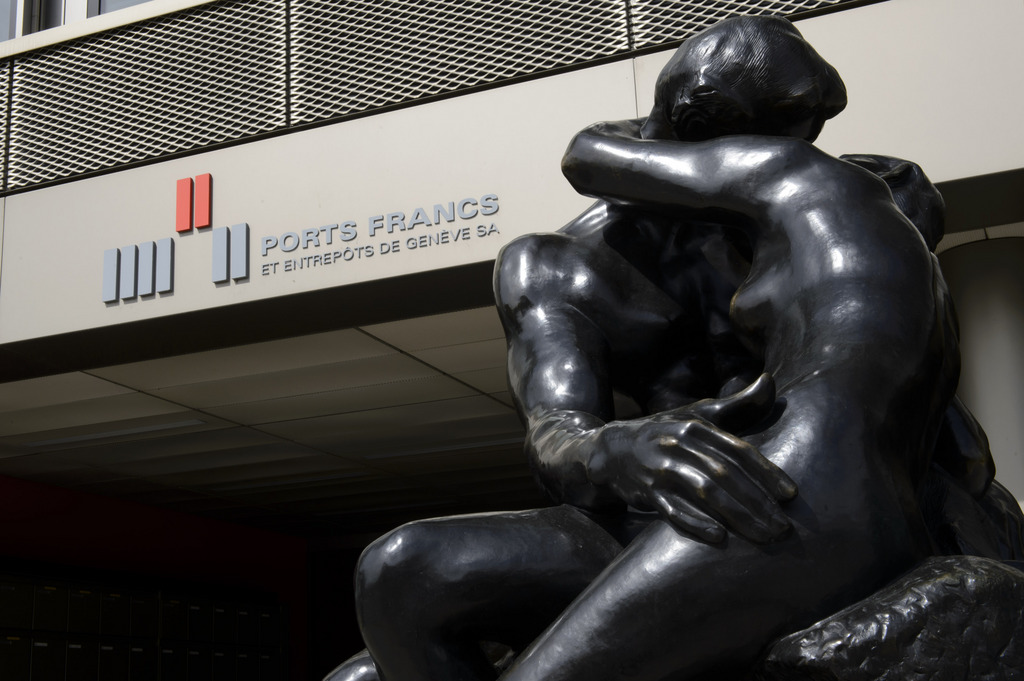
The wealthy are increasingly investing in art and other treasures stashed in free ports which offer discretion, high security and tax benefits. Despite their success, a new report has cast a shadow over Swiss free ports and customs-free zones.
From the outside the grey industrial building on the corner of a busy junction in southwest Geneva looks rather nondescript. Apart from the regular shuttling of delivery vans, nothing much gives away what is going on inside.
Little would you know that the drab six-storey warehouse is home to billions of Swiss francs’ worth of fine art and other riches. According to the specialist art journal Connaissances des Arts, in 2013 the Geneva free port held around 1.2 million artworks.
The facility at La Praille also houses the world’s biggest wine cellar, according to its directors. Around three million bottles of vintage wine, mostly from Bordeaux, are sitting in wooden cases in the vaults of the building, slowly maturing at an ideal temperature and gaining interest for their owners.
Spread over two sites – the other at the airport – the free port is this year celebrating its 125th anniversary. Majority owned by the Geneva state, its huge warehouses offer floor space equivalent to 22 football pitches, most of which is already rented out.
Demand for upmarket warehouse space by museums, wealthy private collectors and investors is so great that a new 10,400-square-metre high-tech warehouse dedicated to art, which was inaugurated at La Praille in May, is also almost fully booked up.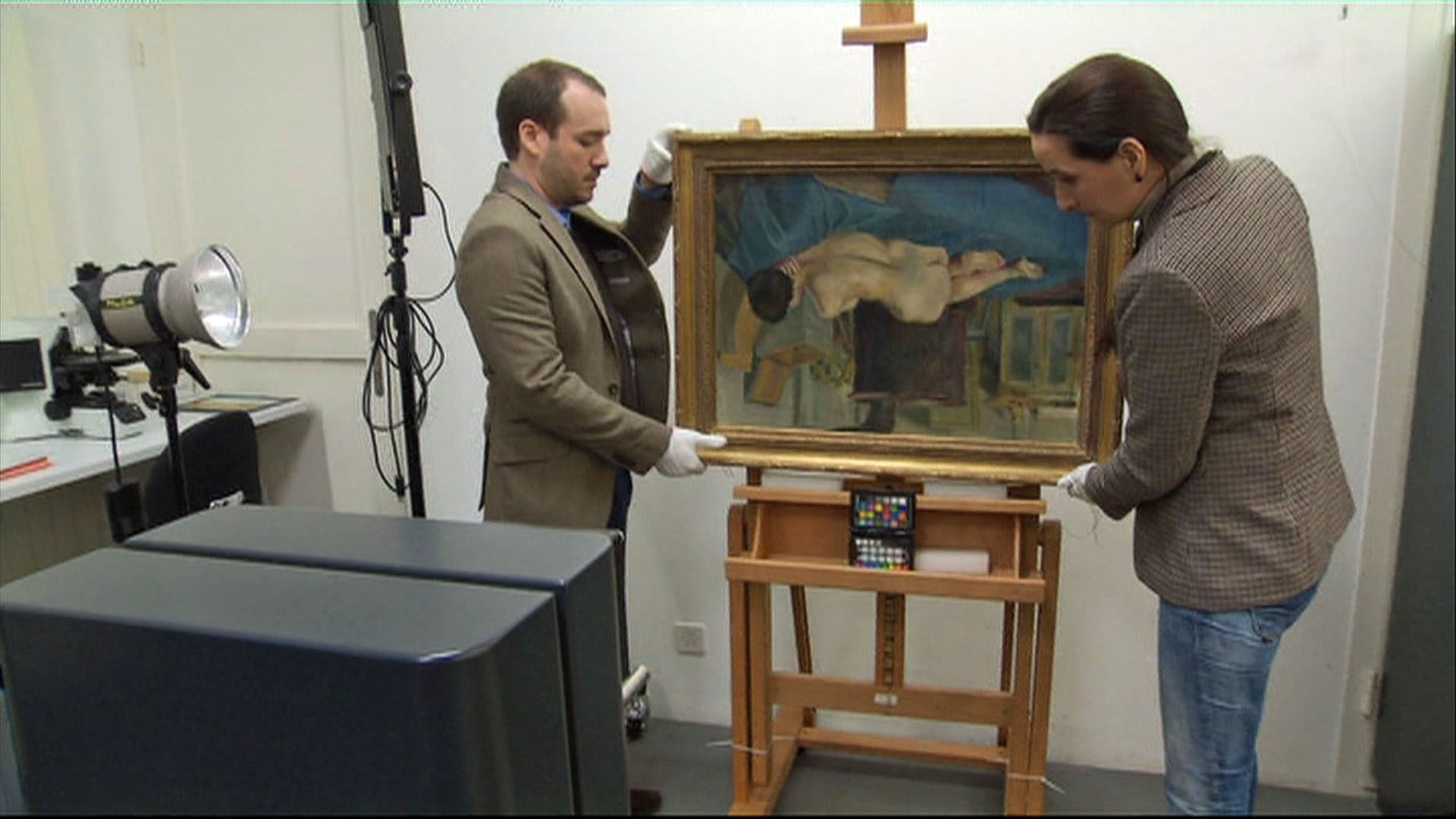
More
Storing priceless works of art
Geneva offers many advantages, says Jean-Rene Saillard, the sales director for the British Fine Art Fund Group. His company stores most of its collection at La Praille, from where some of it is exhibited, traded, lent out to museums or worked on by restorers.
“Geneva free port is quite old and not a very glamorous space but if you are going there to see work you don’t care, as long as the light is decent and you know it’s being kept there safely,” he explained. “It’s very practical and central and a reassuring place to work from. People like its discretion.”
What Saillard doesn’t go into are the financial benefits. Originally, free ports were designed to temporarily store commodities and later manufactured goods in transit, but over recent years they are increasingly used as permanent homes by investors and collectors.
The ‘free’ aspect of free ports refers to the suspension of customs duties and taxes. Goods may be kept there for an unlimited period of time and at minimal expense. A painting can be flown in to Geneva and kept at the warehouse for years without having to pay a levy. While goods are stored at free ports, owners pay no import taxes or duties until such time as the goods reach their final destination. If the work is sold at the free port, the owner pays no transaction tax either.
“When the goods leave the free port they are evaluated and taxed. But I don’t think it’s that interesting financially for the owners,” said Geneva Free Port President Christine Sayegh, debunking the idea that goods were kept there purely to accumulate wealth.
Close to the city centre the free port is of strategic interest to canton Geneva and also adds CHF10-12 million a year to the state coffers.
Risk to reputation?
Despite their financial success, a report by the Swiss Federal Audit OfficeExternal link published in April has cast a shadow over the practice of Switzerland’s ten free ports and 245 customs-free zones.
It warned they could be used improperly for fiscal optimisation or to circumvent laws on “cultural goods, war materials, medicines or the trade in raw diamonds”.
Eric-Serge Jeannet, deputy director of the audit office, said, like Swiss banking secrecy, trade-free zones represent potential risks for Switzerland’s reputation.
“Obviously you can’t suspect everyone, but you cannot deny that the possibility of avoiding paying taxes and of earning profit is part and parcel of these places,” he told swissinfo.ch.
At the Geneva free port,officials say they stick to the laws and carefully choose their tenants, but like a property agency they are not supposed to know exactly what clients place there. They say they generally know what comes and goes but detailed checks of inventories and goods are carried out by Swiss customs officials, who are based at the free port.
“There is a potential reputational risk. We cannot deny or underestimate that. But we don’t believe this risk has become a reality, especially with the measures in place,” said Geneva’s Minister of the Economy and Security Pierre Maudet, who welcomed the ‘preventive’ report. “Talking about fiscal optimisation is going too far and rather fantasising.”
But Jeannet remains unconvinced: “In simple terms they make available a tool [facility or service], but they aren’t responsible for what goes on inside.”
Clean up act
Trade-free zones around the world are being monitored by other organisations. In 2010 the Financial Action Task Force on Money Laundering, an intergovernmental body based at the headquarters of the Organisation for Economic Co-operation and Development (OECD) in Paris, published a report claiming free-trade zones, which include free ports, were a “money-laundering and terrorist-financing threat” partly due to inadequate safeguards, relaxed oversight and weak inspections.
The authors of the Swiss audit office report say they are particularly concerned by checks by national customs officials.
“Geneva free port representatives claim that customs officials are very present at their facility. But the fact that customs people work at the free port doesn’t mean that the checks are effective,” said Jeannet.
The Swiss Customs Administration told swissinfo.ch that checks at free ports were carried out based on risk analyses, which varied from site to site, and resources were allocated in the most rational way possible.
But in general the bureau took the report’s recommendations very seriously and was closely studying what follow-up was needed, said customs spokesman Walter Pavel.
“The contents of inventories will be better controlled and analysed in the future,” he added.
Scandals
In the past investigations have led to Swiss free ports. In 1995 it was discovered that Geneva’s free port was a haven for an international network of looted antiquities linked to the Getty Museum in Los Angeles. In 2003 Swiss customs discovered 200 stolen ancient Egyptian treasures, including two mummies, at Geneva’s free port. They were returned to Egypt.
Following these scandals Switzerland moved to clean up its free ports and tightened up laws on money-laundering and the transfer of cultural property. Free ports became subject to the same regulations that guide all imports, with the obligation to declare ownership, origin and value for all goods imported. Since 2009, a complete inventory is also required.
But cases still arise. In 2010 a Roman sarcophagus was discovered by Swiss customs officers in Geneva’s free port. There are allegations that it might have been plundered from a site in southern Turkey.
“When someone wants to cheat they will always find ways of getting round the law,” said Jeannet. “We have the Kimberley Process and certificates for diamonds, but do the controls allow you to uncover problems and cases of fraud? I’m not convinced.”
His office’s report has outlined a series of recommendations to improve controls at Switzerland’s free ports and customs-free zones; the government is due to present a new global strategy by the end of 2015.
New freeports
Singapore FreePort was inaugurated in May 2010. The four-storey building has 25,000 square metres of space, or which 40% is occupied by Christie’s Fine Art Storage Services. A Luxembourg free port, with 20,000 square metres, is expected to open on September 17, 2014. Beijing is due to open a free port in 2015 and another could open in Shanghai afterwards.
The Swiss are closely involved in the development of free ports around the world. Yves Bouvier is the largest shareholder in the Geneva free port. His company Natural Le Coultre is the world’s largest art storage and logistics operator. He is reportedly the main owner and promoter of the Luxembourg free port, shareholder in the Singapore facility and a consultant to Beijing. Swiss architects Carmelo Stendardo and Bénedicte Montat from Atelier d’Architecture 3BM3 designed the Geneva expansion, Singapore and Luxembourg free ports

In compliance with the JTI standards
More: SWI swissinfo.ch certified by the Journalism Trust Initiative

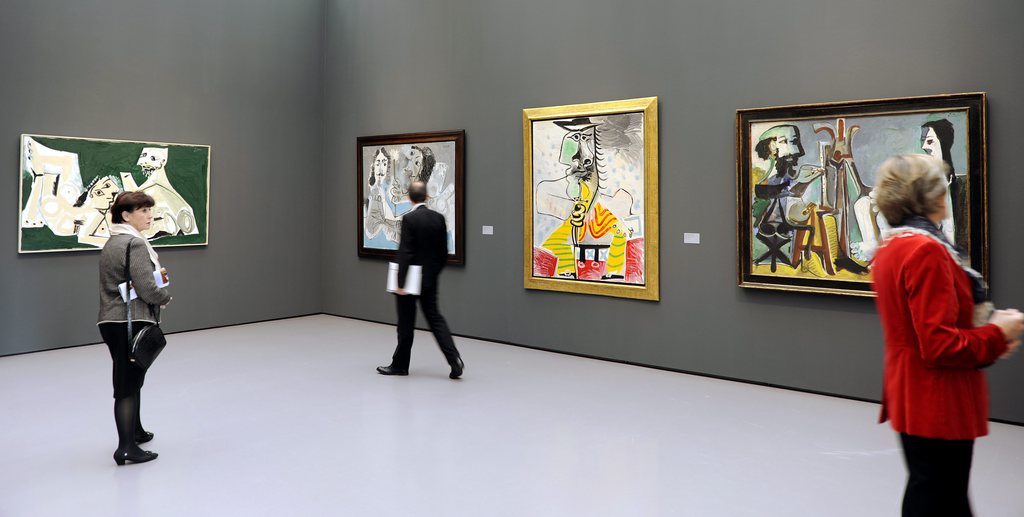
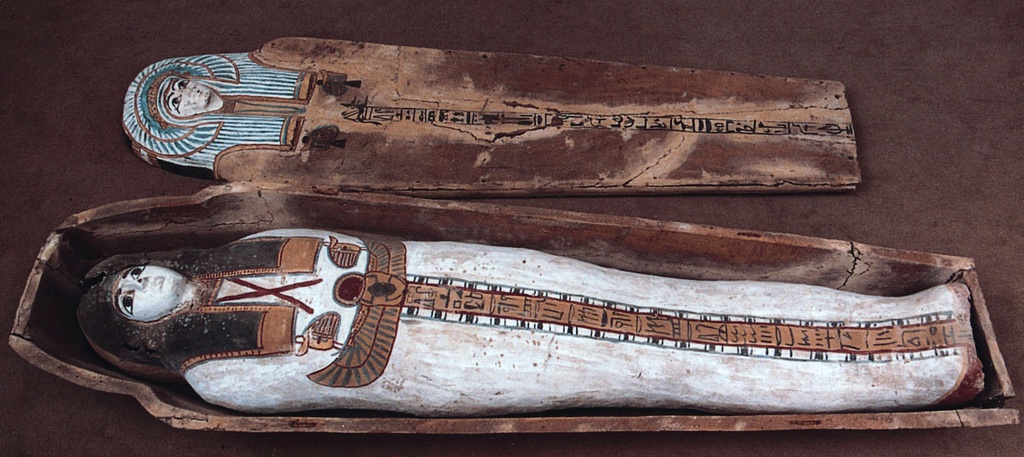
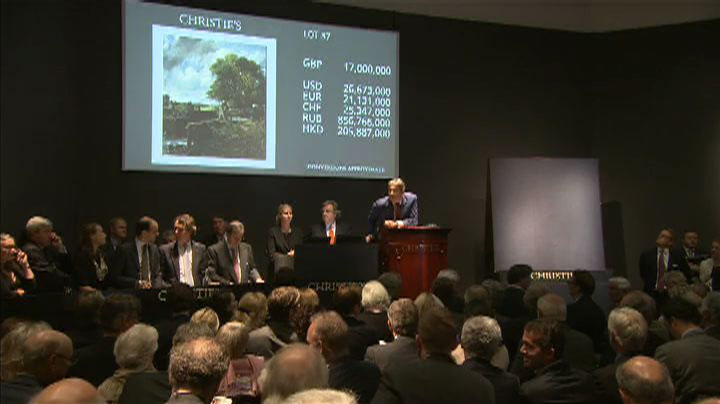
You can find an overview of ongoing debates with our journalists here. Please join us!
If you want to start a conversation about a topic raised in this article or want to report factual errors, email us at english@swissinfo.ch.